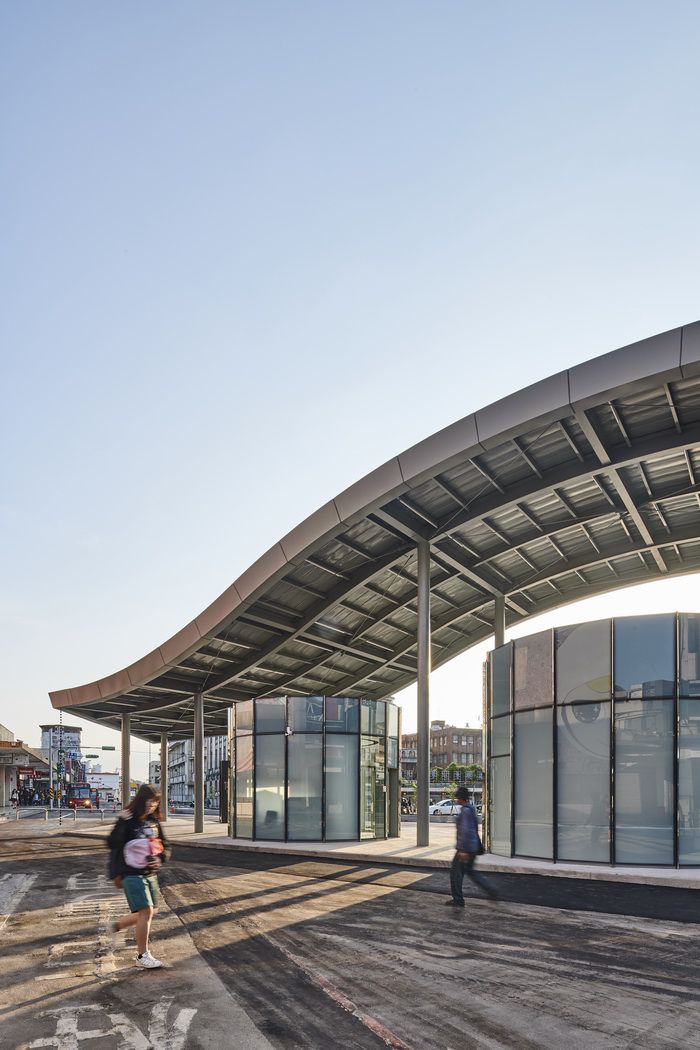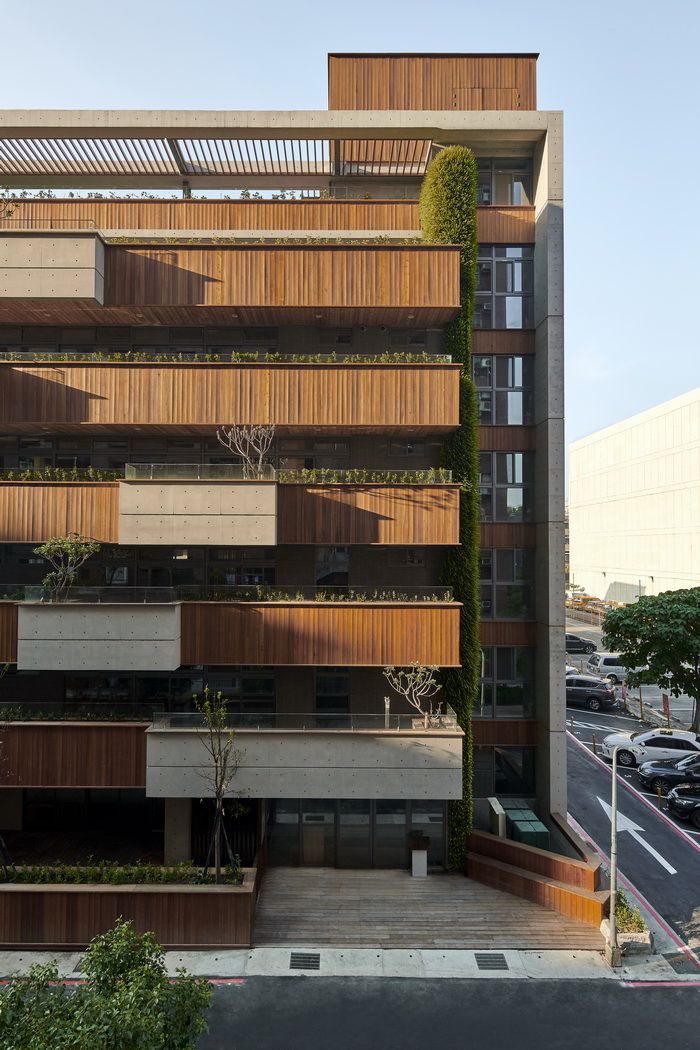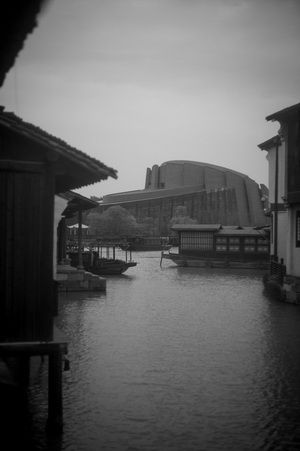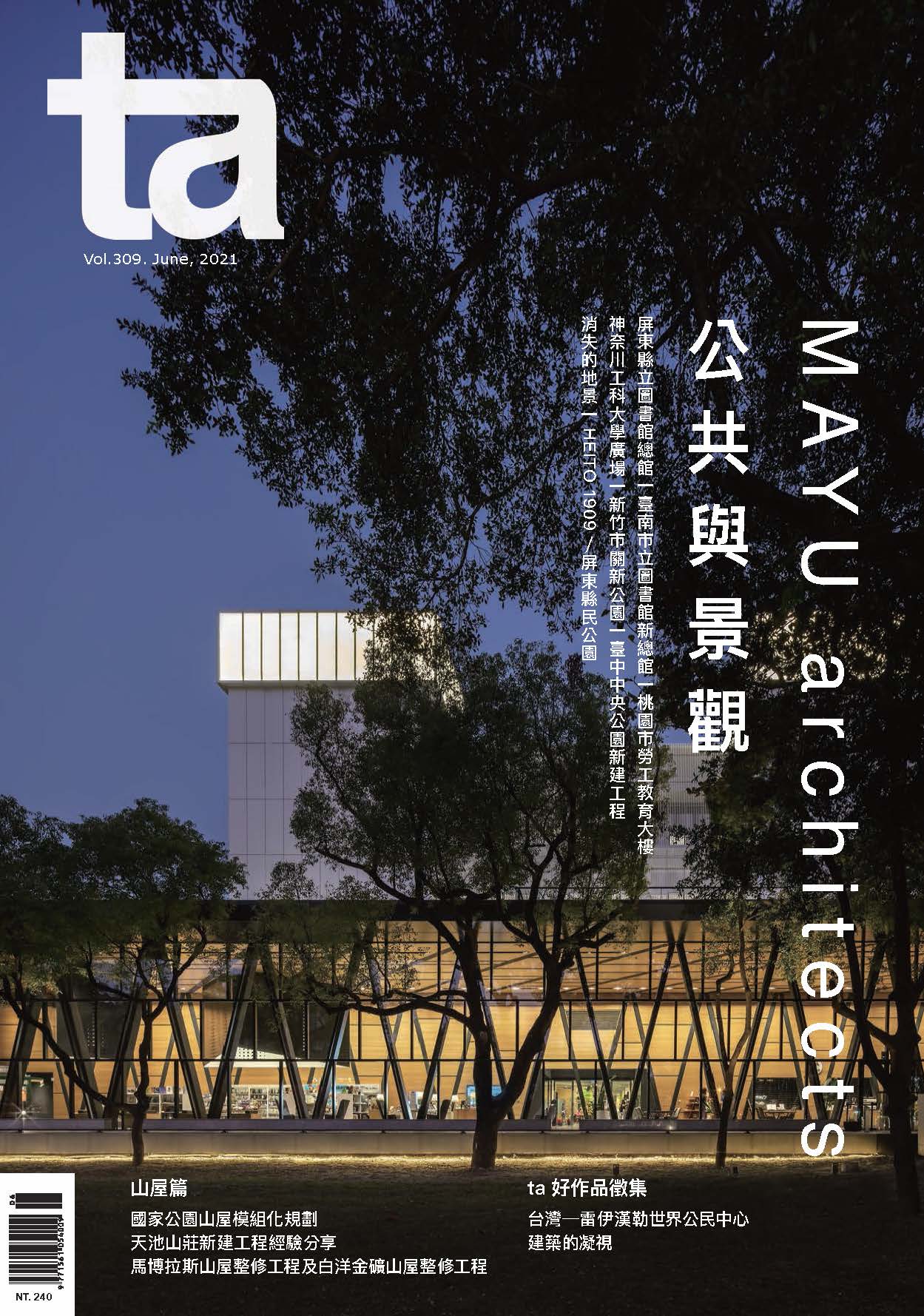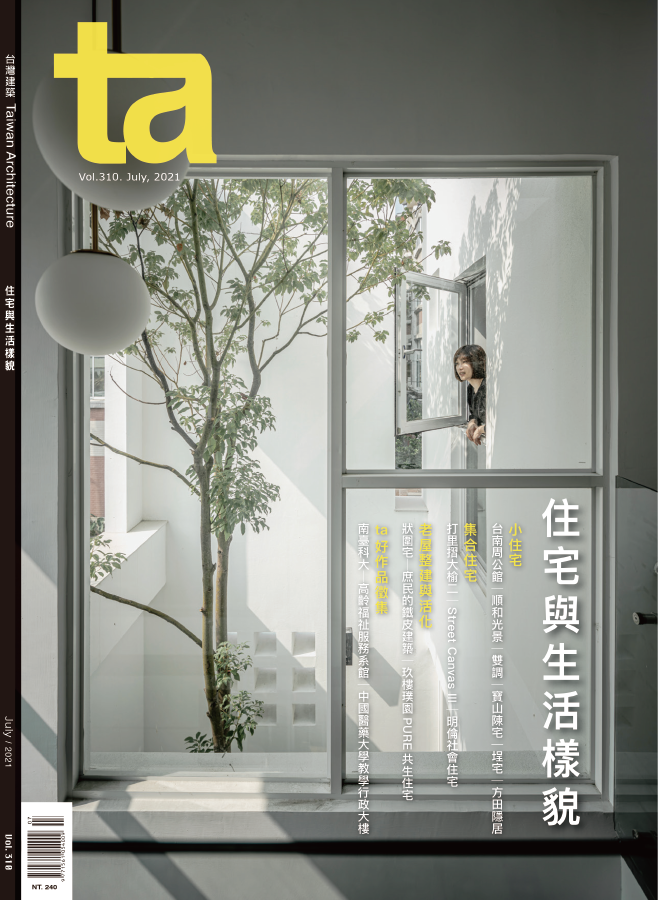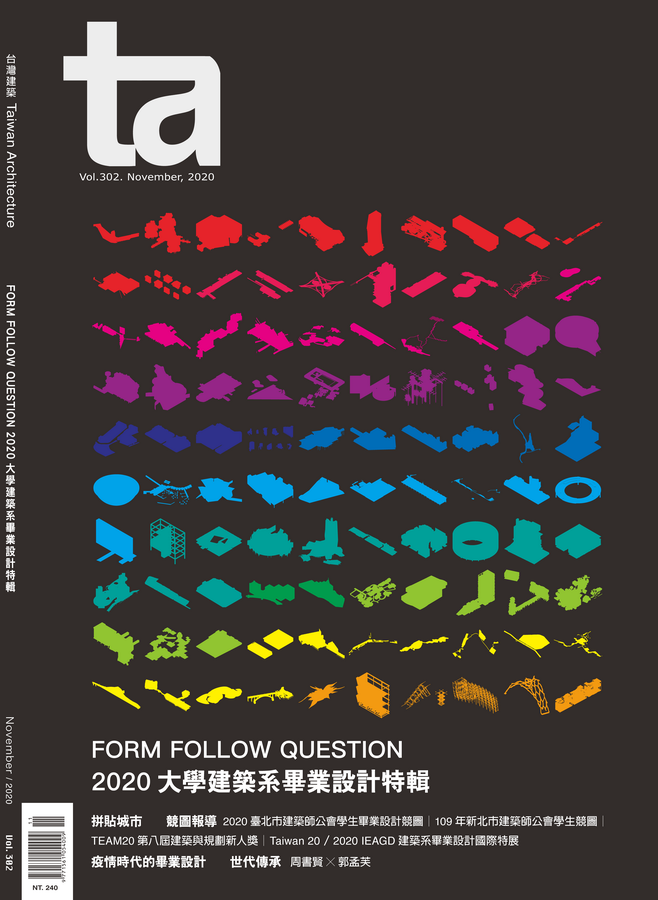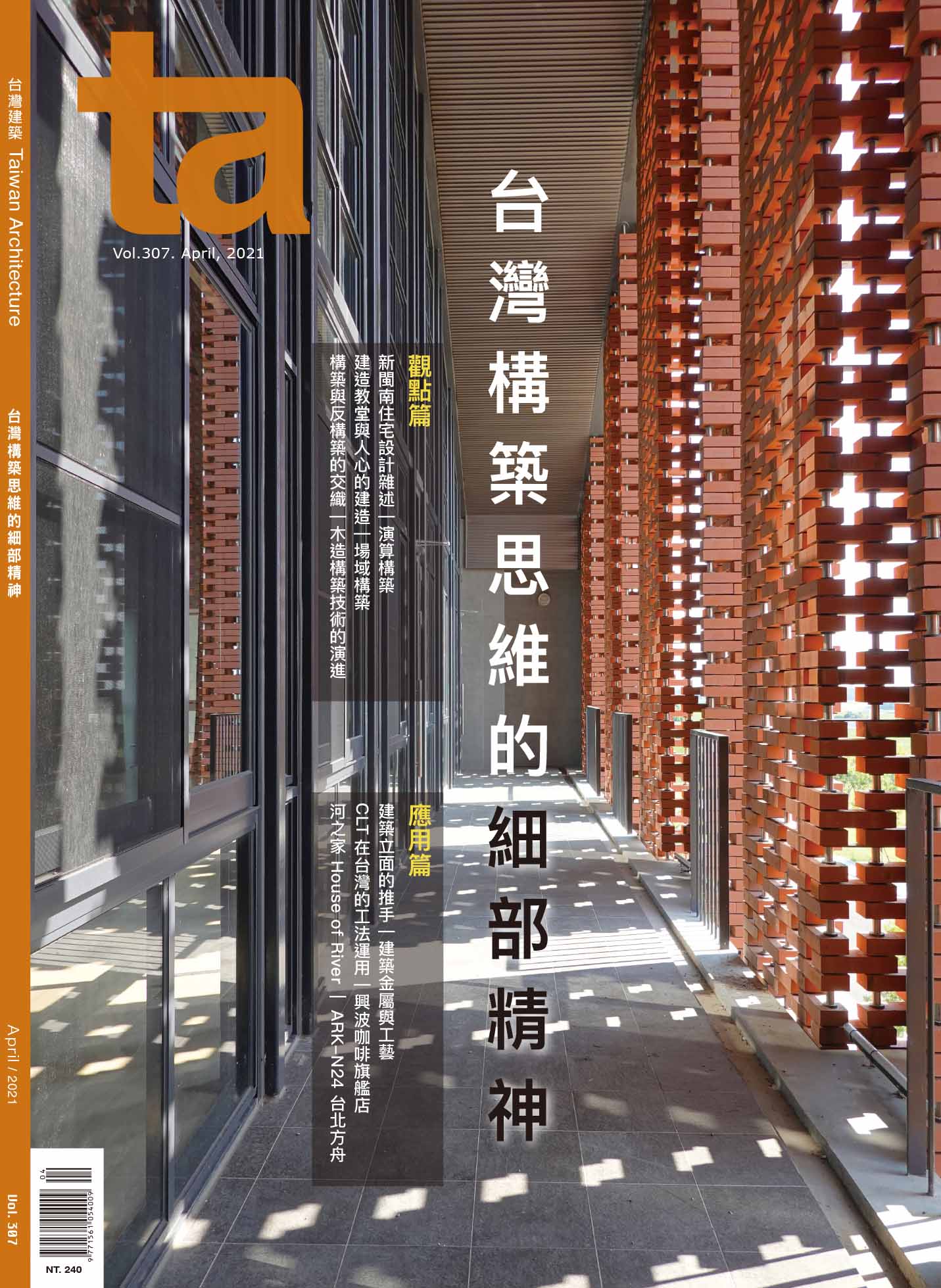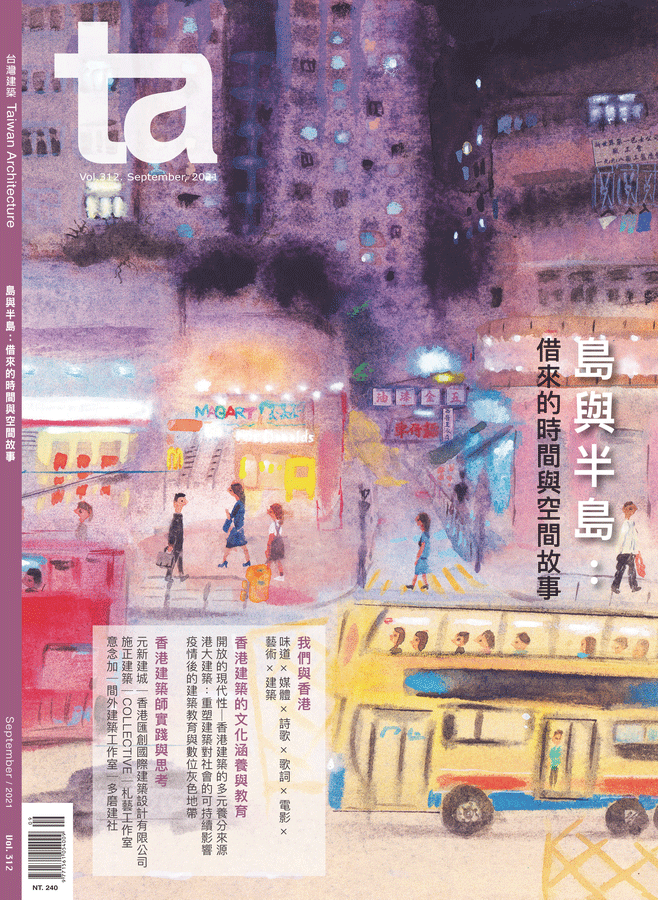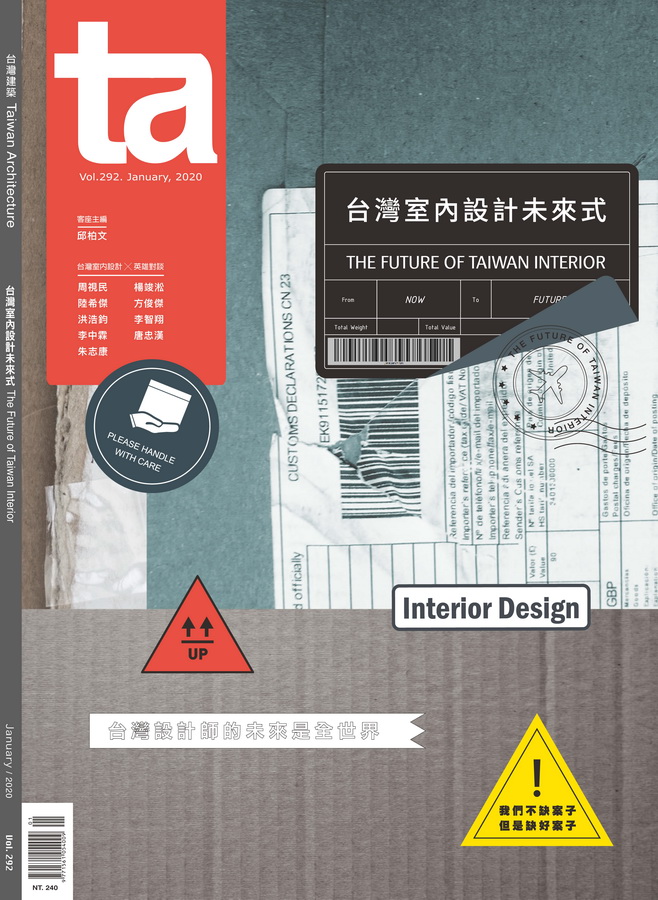相互行動實驗室InterACTION Labs
共好×設計 Design for the Common Good 台灣建築雜誌2022年6月 Vol.321
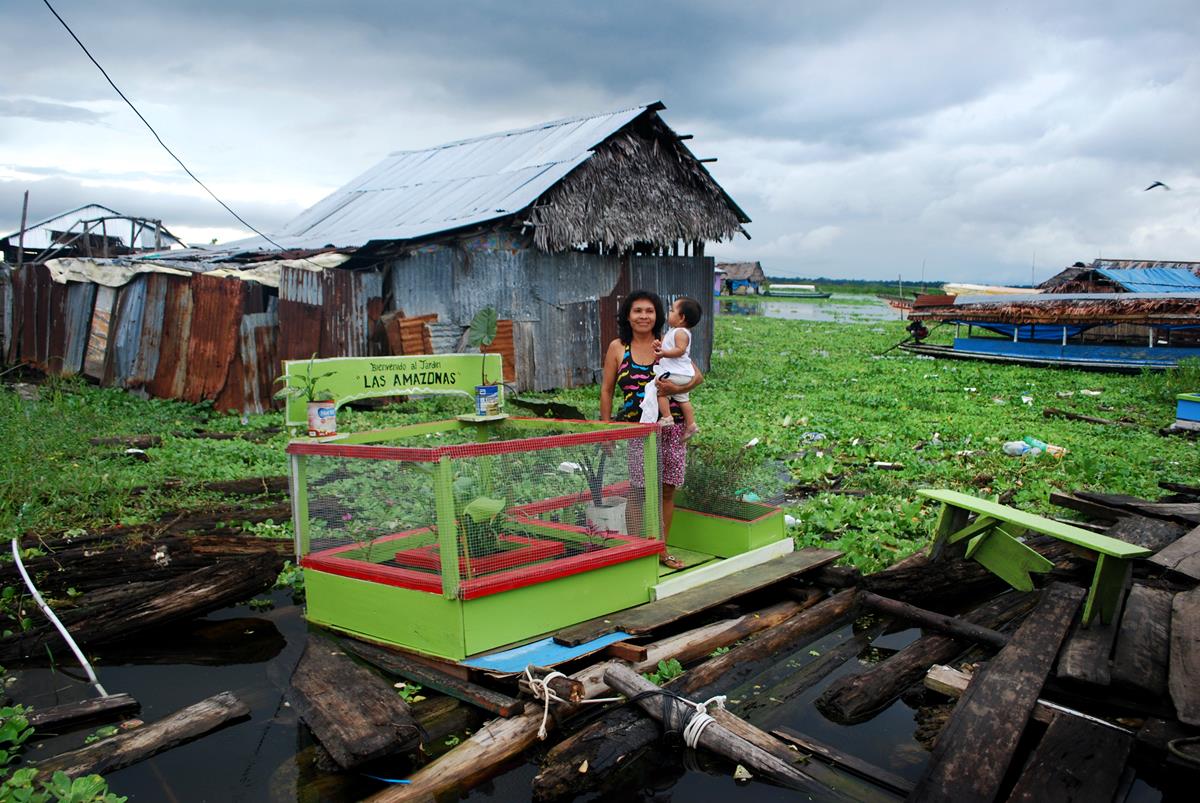
作品檔案2094
相互行動實驗室InterACTION Labs
團隊/Team:克拉夫利多社區、牽引力組織、賓夕法尼亞州立大學、華盛頓大學、秘魯生物醫學技術和環境研究中心/ Community of Claverito, Traction, Pennsylvania State University, University of Washington, Centro de Investigaciones Tecnológicas Biomédicas y Medioambientales
網絡/ Network:環太平洋社區設計網絡/ Pacific Rim Community Design Network;
議題 Issue:公平/Equity
編輯/Editing:Shannon Turlington;翻譯/Translation:陳盈棻/Ying-Fen Chen
位於秘魯伊基托斯市(Iqui tos),「相互行動實驗室」是一個與當地克拉夫利多(Claverito)非正式水岸社區協作的行動、研究、與教育合作計畫。這個又稱為「健康一體」(One Health)的計畫是由社區主導,透過設計者與研究者所組成的跨領域團隊,經由環境改造的行動,每年與在地居民緊密合作,並觀測社區與生態健康的轉變。如今這個計畫已經進行到第四年,成果包括有一個結合社區中心的水岸公園、露天劇場、醫用棲地公園,以及60個承載有醫用和食用植物的水上漂浮家戶園圃。
InterACTION Labs is a collaborative design activism, research, and education program partnering with the informal amphibious community of Claverito in Iquitos, Peru. A community-driven program, the interdisciplinary team of designers and researchers works closely with residents to implement a built environment intervention each year and longitudinally measures changes in human and ecological health, or One Health. Now in its fourth year, the project includes a waterfront park with a community center, amphitheater, and medicinal habitat garden as well as 60 household floating gardens with medicinal and edible plants.
理念
現今的亞馬遜雨林中,大面積森林的砍伐、農業工業化、資源過度利用與氣候變遷等效應,正造成大量原住民往都市遷移,形成大範圍的非正式移民社區。在伊基托斯市,由於缺乏土地,為數九萬的移民以水陸兩棲的方式,居住在漂浮或是杆欄式的家屋,面對著健康、疾病、貧窮與歧視的問題,也遭遇就業與社會地位提升的瓶頸。這些非正式社區缺乏環境、衛生或公共服務改善的政策框架,也沒有應對當地特殊環境的設計準則,生態與健康相關的資料更是匱乏。面臨當地政府因無計可施而採取的拆除危機,克拉夫利多社區持續尋求外界的協助,期待能藉由實證導向與創新的設計,使他們傳統水陸兩棲的生活方式得以存續,同時營造衛生健康的都市生活。
Cause
In the Amazon Rainforest, deforestation, industrial agriculture, resource extraction and climate change are causing mass jungle-to-city migration, resulting in large swaths of informal Indigenous migrant communities. In Iquitos, 90,000 migrants live in amphibious communities in floating or stilted homes, which are tied not only to cultural opportunities but also to health and disease, poverty, discrimination, and sociopolitical barriers to upward mobility. There is no political framework to provide environmental, health, or public services, and limited design guidelines or ecological or health data in these unique environments. In danger of eradication by a desperate government, the amphibious community of Claverito has asked for assistance in finding creative yet evidencebased design solutions to continue their traditional amphibious practices while adapting to healthy urban living.
方法
計畫一開始, 計畫團隊以參與式工作坊的方式, 引導居民從社區角度來定義計畫需求、決定優先順序與在地美學。「漂亮的克利夫利多」(Claverito Bonito)影像發聲(Photovoice)計劃即是一例,居民被邀請以拍照的方式,搜集社區中的美景並公開展出,協助計畫團隊理解在地美學與價值,以及居民認為珍貴的事物。在居民決定一項環境改造計畫之後,社區與計畫團隊便進行植物挑選、文化表現、材料和設計形式相關的細節。其中一個案例,就是一場健康與環境展示會,促進原住民和西方醫草知識的交流,最終打造出適合醫用植物公園的植物色版。
Method
From the start, the project team led community members through participatory workshops to identify community needs, priorities, and aesthetics. One example was the Claverito Bonito photovoice project, in which residents were asked to photograph beauty in their community, displayed in an exhibit in Claverito. This helped the team quickly understand aesthetics, values, and cherished aspects of the community. After identifying a project, the community worked with the team to refine plant choices, cultural expression, materials, and form. An example of participatory design refinement was a health and environment fair that facilitated the exchange of Indigenous and Western knowledge of medicinal plants to assist in a co-created plant palette for the medicinal-plant garden.
影響
跨領域團隊曾經針對一系列的改善狀態進行記錄,包含食物與醫藥安全、心理健康、生物多樣性、垃圾減量、危害降低、社區意象,以及政府醫療與社福資源的取得等面向。此參與過程不但強化了居民在環境永續、社區管理和技術方面的能力,也使正向的記憶與社會關係被嵌進計畫中。另外,經由園圃的整修與改善,以及提供給觀光客的導覽服務,社區成員的擁有感也有所提升。
Impact
The interdisciplinary team has documented notable improvements in food and medicine security, mental health, biodiversity, trash reduction, injury reduction, community image, and access to government health and social programs. The participatory processes contribute to increased sustainability and stewardship as well as skill-building for residents. These processes embed positive memories and social relationships into the projects, and community members show ownership of the resulting built environment changes by expanding, repairing, and enhancing their gardens, and giving tours to visitors.
提示
建構在「健康一體」目前還有限的知識上,高度跨領域的團隊進行來自27個領域不同的知識與在地智慧的整合,尋求在這些非正式社區內,提出對複雜的人文與生態健康議題有創意的解決方法。伴隨著社區對於此計畫產生的擁有感,結合外來的力量,一些沒有預期的利益正在發酵中,例如在冠狀肺炎大肆傳播期間,公園內所生產的食物與藥草,協助了社區渡過港口關閉造成的飢荒危機,展現出社區之前所沒有的韌性。
Takeaways
The highly interdisciplinary team is fusing knowledge from 27 disciplinary fields with traditional community knowledge to find creative solutions to complex systemic human and ecological health issues in informal communities. This builds upon the limited body of knowledge on the built environment as a determinant of One Health. With the community taking ownership of the project and outside forces acting upon it, unexpected benefits are occurring. For example, during the COVID-19 pandemic, food and medicine produced in the gardens provided an unanticipated additional layer of resilience when the ports were closed and the city was starving.
(完整作品內容請參考《台灣建築》2022年6月號,Vol.321)

